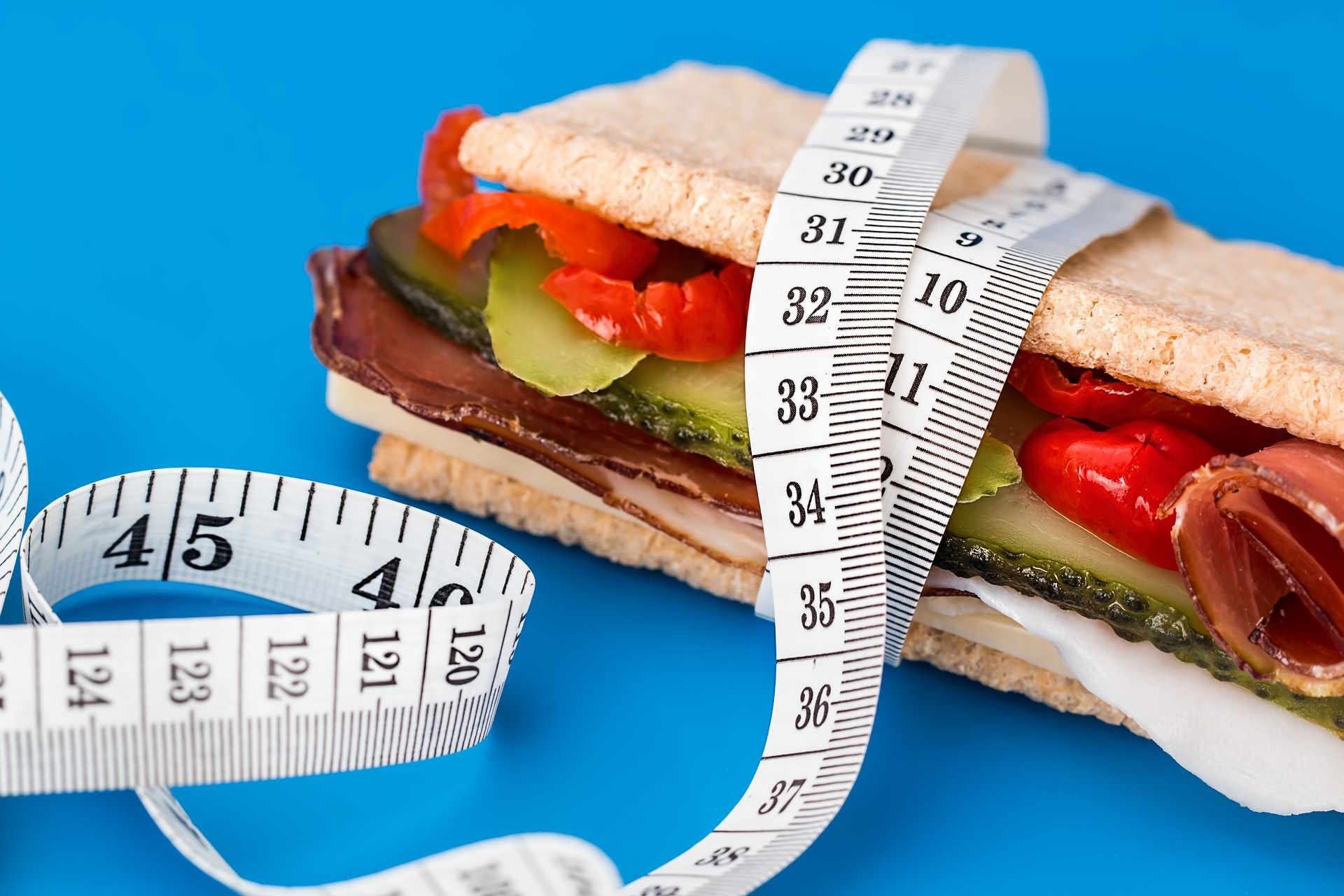Slow Living: A Countercultural Shift in Modern Society
In a world of constant hustle and digital overload, a quiet revolution is taking root. Slow living, a philosophy that encourages mindful and deliberate living, is gaining traction among those seeking balance in an increasingly frantic world. This movement, born from a desire to reclaim time and meaning, is reshaping how people approach work, relationships, and personal fulfillment. Read below to explore the nuances of this cultural shift and its profound implications for modern society.

Origins and Evolution of Slow Living
The concept of slow living can be traced back to the slow food movement, which began in Italy in 1986 as a protest against the opening of a McDonald’s in Rome. Carlo Petrini, the founder of this movement, advocated for local food traditions and a return to a more relaxed way of eating. This philosophy quickly expanded beyond food, touching on various aspects of daily life.
As the digital age accelerated the pace of life, the slow living movement gained momentum. It became a response to the increasing stress, burnout, and disconnection many people felt in their fast-paced lives. The movement emphasizes quality over quantity, encouraging individuals to be more intentional about how they spend their time and energy.
Core Principles of Slow Living
At its heart, slow living is about being present and intentional in all aspects of life. Key principles include:
-
Mindfulness: Being fully present in the moment and aware of one’s surroundings and actions.
-
Simplicity: Reducing clutter and complexity in both physical spaces and daily routines.
-
Sustainability: Making choices that are environmentally and socially responsible.
-
Connection: Prioritizing deep, meaningful relationships over shallow, numerous connections.
-
Quality over quantity: Valuing experiences and possessions for their inherent worth rather than their abundance.
These principles guide adherents in making choices that align with their values and contribute to a sense of fulfillment and well-being.
Slow Living in Practice
Implementing slow living principles can take many forms. In the realm of work, it might mean embracing a four-day workweek or prioritizing work-life balance. In consumption, it could involve choosing locally-made, ethically-produced goods over mass-produced items. In leisure, it might mean opting for a staycation or slow travel experience rather than a whirlwind tour of multiple destinations.
Slow living also extends to personal habits and routines. Practitioners might start their day with meditation or journaling instead of immediately checking emails. They might choose to walk or cycle for short trips rather than drive, allowing for a more immersive experience of their surroundings.
Societal Impact and Cultural Shift
The slow living movement is more than just a personal lifestyle choice; it’s causing a ripple effect across society. As more people embrace these principles, businesses and institutions are taking notice and adapting their practices.
In the workplace, companies are increasingly offering flexible hours and remote work options, recognizing the value of work-life balance. The fashion industry is seeing a rise in slow fashion brands that prioritize sustainability and ethical production. Even urban planning is being influenced, with cities designing more walkable neighborhoods and green spaces to encourage a slower, more connected way of living.
Challenges and Criticisms
Despite its growing popularity, the slow living movement faces challenges and criticisms. Some argue that it’s a privilege only afforded to those with financial stability and flexible work arrangements. Others contend that in a globally competitive world, slowing down could lead to economic disadvantages.
Critics also point out the potential for the movement to be co-opted by consumerism, with brands using slow living as a marketing tactic without truly embracing its principles. There’s also the challenge of balancing slow living ideals with the realities of modern life, particularly in urban environments or high-pressure careers.
Future Prospects and Societal Implications
As the slow living movement continues to gain traction, its potential to reshape societal norms and values is significant. It challenges the dominant narrative of progress through speed and growth, offering an alternative vision of success and fulfillment.
Looking ahead, the slow living philosophy could influence policy decisions, from urban planning to labor laws. It may lead to a reevaluation of economic models, pushing for measures of progress that go beyond GDP to include well-being and sustainability.
The movement also has the potential to address some of the most pressing issues of our time, such as climate change and mental health. By encouraging more mindful consumption and fostering stronger community connections, slow living principles align with broader goals of sustainability and social cohesion.
In conclusion, the slow living movement represents a profound shift in how we approach life in the modern world. It offers a counterpoint to the culture of speed and excess, encouraging a more intentional, meaningful existence. As society grapples with the challenges of the 21st century, the principles of slow living may provide a roadmap to a more sustainable, fulfilling future.





